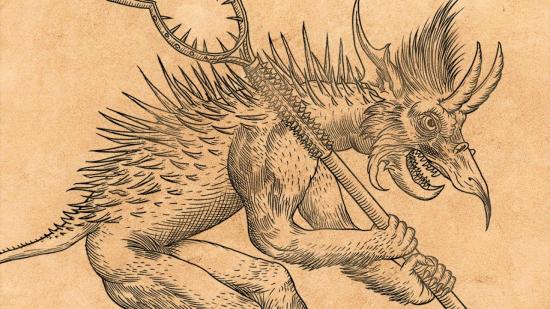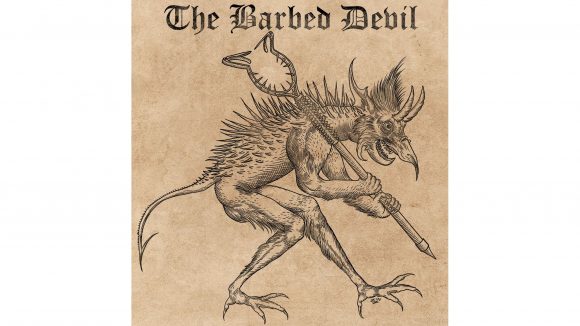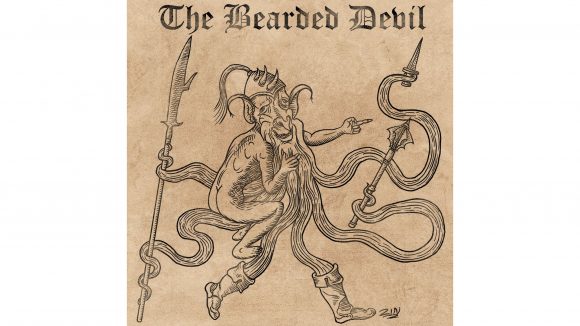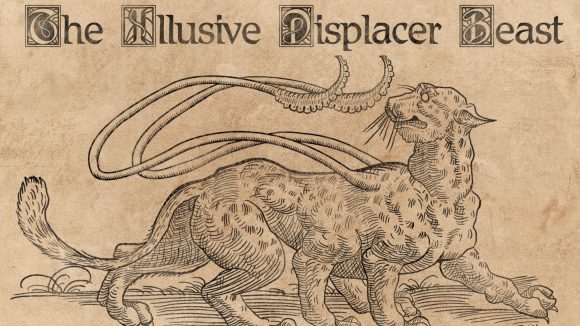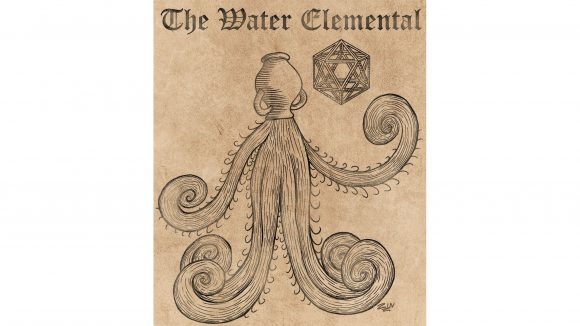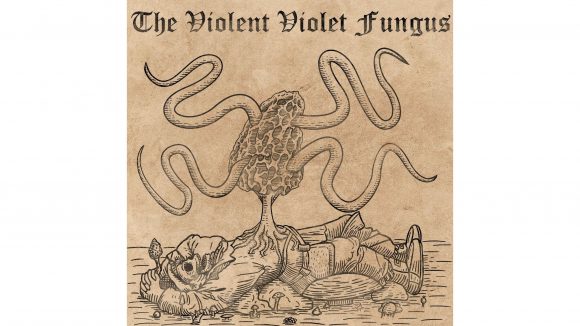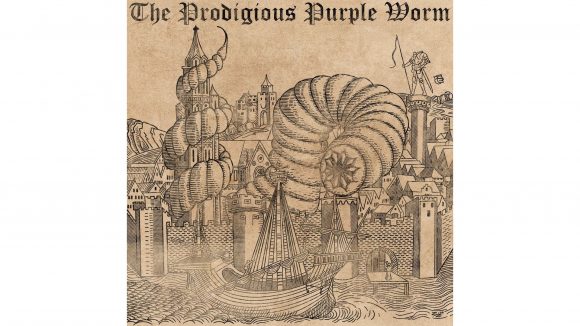This is a must-see for roleplaying history buffs. A fan is making a ye olde version of the 5e D&D Monster Manual, drawn in the manner of medieval bestiaries from centuries ago. In the last year, Twitter user Zin has created dozens of Dungeons and Dragons art pieces, each in the distinct black and white (and aged manuscript brown) style of woodcut prints from the 16th and 17th centuries.
Twitter user @The_Real_Zin began posting his D&D monsters in February 2021, beginning with the Aarakocra. By August, he had decided to take on the mammoth task of tackling every single creature in the fifth edition SRD. He describes the project as “if the Monster Manual was written in 1557 by me”. Why 1557? Well, it’s the year his go-to reference book, Conrad Gesner’s Historiae Animalium (a renaissance zoological text) came out, of course – didn’t you know?
Zin creates his artwork digitally, and while some are drawn from scratch, he often mashes together real illustrations from medieval and renaissance artwork to help create his pieces. Take for instance, the excellent barbed devil above. Zin whipped up this scaly, spiny, almost birdlike chap by taking various demons from the 15th c. St Anthony Tormented by Demons, and mashing them together. Cruel, but they probably deserved it.
“I think it fits the pseudo-renaissance time we imagine the typical D&D game takes place in,” Zin tells Wargamer, explaining why he finds the art style to be a good fit for D&D monsters. “It also lets me be experimental.”
“The premise is that the monsters depicted are from second or third hand accounts, or just fabricated wholesale. A bit like how the actual bestiaries that inspired it had unicorns and sea monks alongside real animals. So I’m really free to reinterpret them a little.”
“The style also gives me some leeway when it comes to anatomy,” Zin says, joking that he “likes an art style where looking weird and unrealistic is all part of the charm.”
Most of Zin’s monsters have a little alliterative description, written in squiggly calligraphy. Medieval manuscripts tended to be pretty judgy, and in the world of zoology this was no different. Whereas nowadays, it would be odd to describe any part of the natural world as evil (except of course, for wasps) back then this was standard. Unusual animals and ‘monsters’ were commonly villainized or connected to the Christian moral system. And so Zin gives us the “Godless Aboleth” and “Foul Illithid”.
Drider if the Monster manual was written in 1557 #dndart #DnD #dndmemes pic.twitter.com/YUiE3RpMXu
— ZIN (@The_Real_Zin) April 18, 2022
The artist makes use of historical knowledge throughout his work. For instance, he’s drawn each of the elementals alongside the amusingly dice-shaped Platonic solids – shapes which the philosopher believed were connected to the elements.
On social media, Zin has said he has no plans to halt the project any time soon. He’s also hinted that he might create a video at some point, to show how he produces his woodcut style artwork.
For more, interesting takes on D&D’s fiercest inhabitants, take a look at this fan-made Monster Manual for kids. And if you want to immerse yourself in this time period, you should check out the best medieval games.
